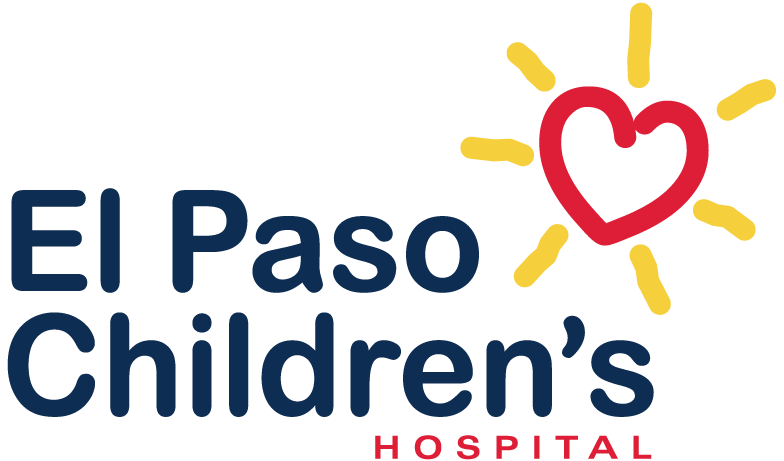Colostrum (Liquid Gold)
Breastfeeding and the use of human milk offer unique nutritional and non-nutritional benefits. The composition of breast milk changes throughout lactation to meet the specific needs of the infant, at each stage of its development.
These benefits have been “known” for quite a while. John Steinbeck’s classic novel “The Grapes of Wrath”, ends quite unexpectedly with a woman whose newborn baby had just died, saving a man dying of starvation by breastfeeding him! It was one of the most highly charged moments in 1939 literature, and now scientific research suggests that this act not only saved the man’s life, it may have also recharged and repaired his immune system as well. The “breast milk” was colostrum.
Colostrum is the fluid released from the breasts of mothers that have recently given birth before breast milk production begins. . Although it can be produced by mothers during their pregnancies, it is not until after the delivery of the placenta that hormonal shifts in the mother’s body encourage lactation and release of colostrum.
Colostrum is a rich source of nutrients, antibodies, and growth factors. It is highly concentrated, nutrient-dense, full of protein, low in fat, easy to digest, and full of components that start the baby’s development in the best possible way. Colostrum is the most potent natural immune booster known to science.
It is similar in make-up to amniotic fluid (which baby has been swallowing and excreting in the womb) and is therefore ideal for easing baby’s transition to the outside world.
Up to two-thirds of the cells in colostrum are white blood cells that help guard babies against infections, as well as help in fighting infections. These white blood cells in colostrum produce antibodies that can neutralize bacteria or viruses.
Colostrum is especially rich in a crucial antibody called secretory IgA (sIgA). Molecules that have provided an immune defense against infection in the mother are transported in her blood to the breast, join together to form sIgA, and are secreted into her colostrum and become concentrated in the mucus lining of the baby’s intestinal and respiratory system, protecting baby against illnesses the mother has already experienced.
Colostrum is also rich in other immunologic components and growth factors that stimulate growth of protective mucus membranes in baby’s intestines. And while that is happening, the prebiotics in colostrum feed and build up the ‘good’ bacteria in baby’s intestines.
As well as protecting against upset tummies, colostrum acts like a laxative that makes the baby poop frequently. This helps rid baby’s system of meconium — the black poop built up in the womb. Frequent pooping also reduces an infant’s risk of newborn jaundice.
Colostrum is also rich in vitamins and minerals. It is the Vitamin A in colostrum that gives it the distinctive yellowy color. Vitamin A is important for baby’s vision, skin, and immune system development. Colostrum has an abundance of minerals such as magnesium, which supports baby’s heart and bones; and copper and zinc, which help develop the immune system. Zinc is also important for brain development (there is nearly four times more zinc in colostrum than in mature mother’s milk).
Colostrum, in addition, has remarkable muscular-skeletal repair and growth capabilities. It is the only natural source of two major growth factors (transforming growth factors alpha and beta, and insulin-like growth factors 1 and 2) that have significant muscle, cartilage repair characteristics, and wound healing abilities.
Thus colostrum contains numerous other components that support the baby’s growth and development. Researchers are still working out the part some of them play.
The decision to breast or formula feed remains your individual choice. However, breast milk is undoubtedly the best nutrition you can give your baby — even if it is only for the first few days!
Written by:
Sadhana Chheda, MD FAAP
Assistant Professor for Texas Tech University Health Sciences Center El Paso
Neonatologist El Paso Children’s Hospital



